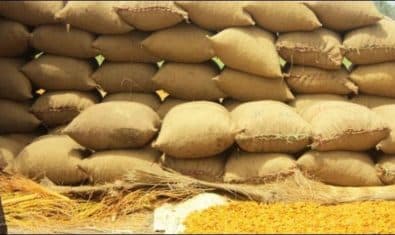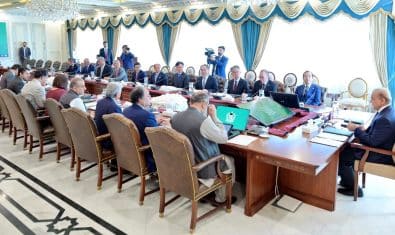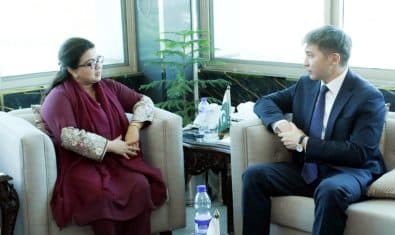Pakistan’s agriculture sector is lagging behind its potential and needs to focus beyond productivity improvements towards transformation through high-value production, says the World Bank.
The Bank in its latest report “enhancing smallholder incomes by linking to high-value markets in Pakistan’s Punjab and Sindh provinces” noted that Pakistani agriculture is not realizing its full potential.
Although there is agricultural activity in all areas of Pakistan, most crops are grown in the Indus River basin of Punjab and Sindh producing roughly 80 percent of the national output. The agriculture sector is operating below the potential yields that the well-irrigated and fertile soils of the Indus irrigation system could produce when compared to productivity levels in similar regional and global farming systems.
The food and beverage processing industry is the second largest industry in Pakistan after textiles, accounting for 27 percent of the value-added production and 16 percent of employment in the manufacturing sector. Most of Pakistan’s food processing industries are located in Punjab (60 percent) and Sindh (30 percent).
The report further noted that Pakistan’s farming sector is highly fragmented. Small average plot sizes and livestock holdings dominate farming, which creates difficulties in linking to markets. The latest agriculture census noted that, of the 8.3 million farms in Pakistan, 89 percent were less than 5 ha, accounting for 48 percent of the national farm area. The livestock subsector represents 60 percent of Pakistan’s agricultural GDP, but smallholders dominate the industry: 94 percent of farms own less than 10 cattle and buffalo, accounting for 67 percent of cattle and 71 percent of buffalo in Pakistan.
The vast bulk of fresh produce passes through traditional marketing systems to consumers. This carries substantial costs, especially for smallholder producers, where supply chains contain multiple intermediaries including village-level consolidators, transporters, wholesalers, and commission agents in state-regulated government markets, and retailers.
The long chain of intermediaries inflates the prices paid by the end consumers. Farmers are often in unfavorable bargaining positions as their holding capacity and market information are low. They are unaware of quality standards if any, and traders are more adept at judging the in-field returns (e.g., dressing percentages, harvest returns from an orchard).
Additionally, the lack of transparent trading practices in the markets represented by trader collusion and improper or no weighing procedures, the limited availability of market infrastructure (e.g., pre-cooling facilities), and an inadequate transport and logistics infrastructure lead to wastage that can amount to 20-30 percent through the supply chains.
The Bank has recommended identifying the market opportunities that will guide subsequent project interventions. Support agencies undertake a series of studies to understand key issues such as market demand, local production conditions, the business environment, interests of farmers, traders, and agribusinesses, and the farmers’ ability to access business support services including extension advice.
The report further recommended defining the exclusive benefits that cooperation will generate for value chain players. Collective action is most successful when farmers perceive that the benefits from group activities outweigh any additional costs. Project teams should clearly identify these potential benefits early and develop/increase the group’s performance through production intensification and marketing improvement, while also working on the organizational aspects of group formation.
It recommended targeting external financial and technical support to help small-scale producers and agribusinesses access financial, managerial, and business services. Provide technical assistance to help smallholders meet quality standards, implement efficient agronomic techniques, understand markets, develop business proposals, etc. If projects disrupt traditional sources of credit (e.g., trader advances), then alternatives need to be identified that provide long-term, sustainable funds for smallholders.
The Bank recommended prioritizing producer collaboration over formal organizational structures as farmers should decide for themselves whether they wish to operate as a formal group or remain a loose alliance. The group development process should use a bottom-up, member-owned, democratically-operated approach with transparency in operational rules and management decisions.






















